Health and Wellness Trends
The growing emphasis on health and wellness significantly influences the Fruit Flavored Alcoholic Beverage Market. Consumers are increasingly inclined towards beverages that align with their health-conscious lifestyles, prompting manufacturers to develop options with lower sugar content and natural ingredients. This trend is reflected in the introduction of organic and low-calorie fruit-flavored alcoholic beverages, which cater to the demands of health-oriented consumers. Market analysis suggests that products emphasizing health benefits are likely to capture a larger share of the market, as consumers prioritize quality and nutritional value. Thus, the Fruit Flavored Alcoholic Beverage Market must adapt to these evolving preferences to remain competitive.
Rising Demand for Unique Flavors
The Fruit Flavored Alcoholic Beverage Market experiences a notable surge in demand for unique and exotic flavors. Consumers increasingly seek beverages that offer distinctive taste experiences, moving beyond traditional options. This trend is particularly evident among younger demographics, who are more adventurous in their consumption choices. According to recent data, the market for fruit-flavored alcoholic beverages has expanded significantly, with a projected growth rate of approximately 8% annually. This rising demand encourages manufacturers to innovate and introduce new flavor combinations, thereby enhancing the overall appeal of the industry. As a result, brands that successfully capture the essence of unique flavors are likely to gain a competitive edge in the Fruit Flavored Alcoholic Beverage Market.
Expansion of Distribution Channels
The expansion of distribution channels significantly impacts the Fruit Flavored Alcoholic Beverage Market. With the rise of e-commerce and online retail, consumers now have greater access to a diverse range of fruit-flavored alcoholic beverages. This shift allows brands to reach a broader audience, including those in regions previously underserved by traditional retail outlets. Additionally, partnerships with bars, restaurants, and specialty stores enhance product visibility and availability. Recent data indicates that online sales of alcoholic beverages have increased, suggesting a shift in consumer purchasing behavior. As a result, the Fruit Flavored Alcoholic Beverage Market is likely to benefit from these expanded distribution avenues, fostering growth and accessibility.
Influence of Social Media Marketing
Social media marketing plays a pivotal role in shaping consumer preferences within the Fruit Flavored Alcoholic Beverage Market. Platforms such as Instagram and TikTok have become essential tools for brands to engage with their audience, showcasing visually appealing products and creative cocktail recipes. This digital engagement fosters a sense of community among consumers, who often share their experiences and recommendations online. Recent statistics indicate that brands leveraging social media effectively can see a significant increase in brand awareness and sales. Consequently, the Fruit Flavored Alcoholic Beverage Market is witnessing a shift towards more interactive and visually driven marketing strategies, which may enhance consumer loyalty and drive growth.
Cultural Influences on Beverage Preferences
Cultural influences play a crucial role in shaping preferences within the Fruit Flavored Alcoholic Beverage Market. Different regions exhibit distinct tastes and preferences for fruit flavors, often influenced by local traditions and culinary practices. For instance, tropical fruits may be more popular in warmer climates, while berry flavors might resonate more in cooler regions. This cultural diversity encourages brands to tailor their offerings to meet regional tastes, potentially enhancing market penetration. Furthermore, as globalization continues to facilitate the exchange of ideas and flavors, the Fruit Flavored Alcoholic Beverage Market may witness an increase in cross-cultural flavor innovations, appealing to a wider audience.


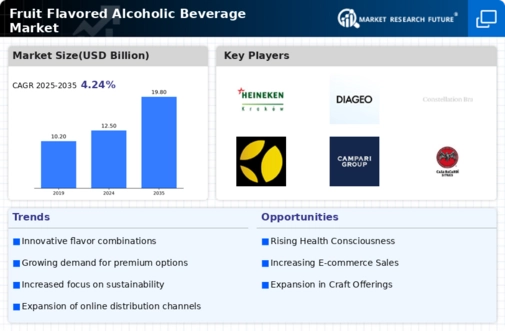
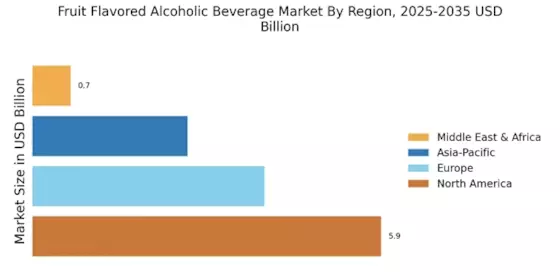
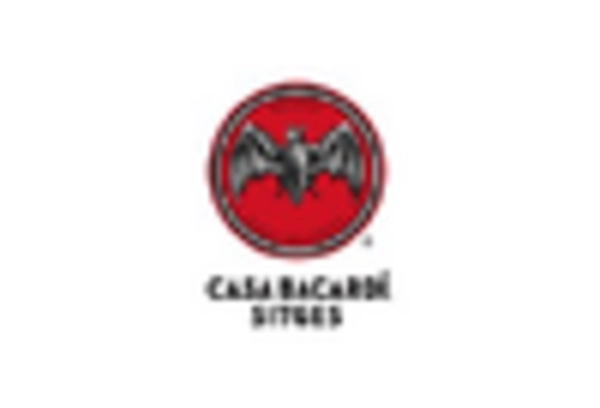
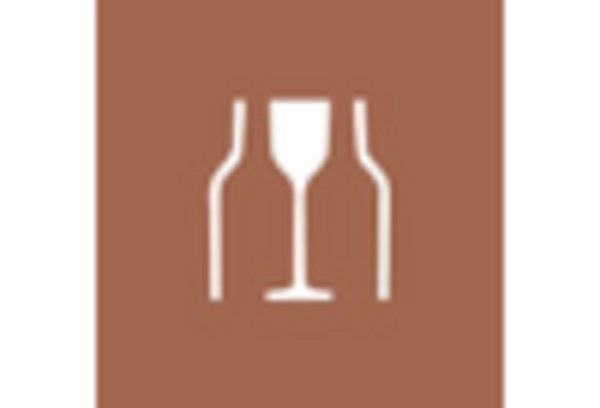
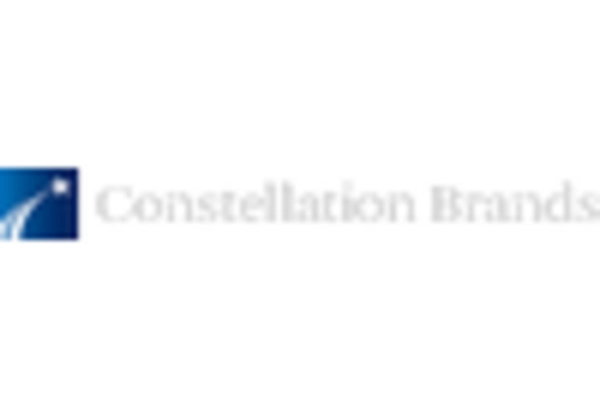
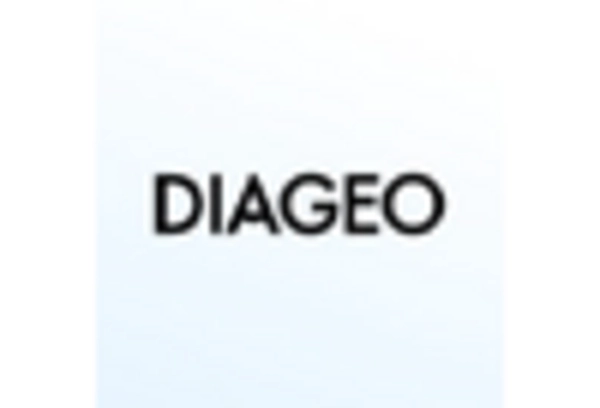
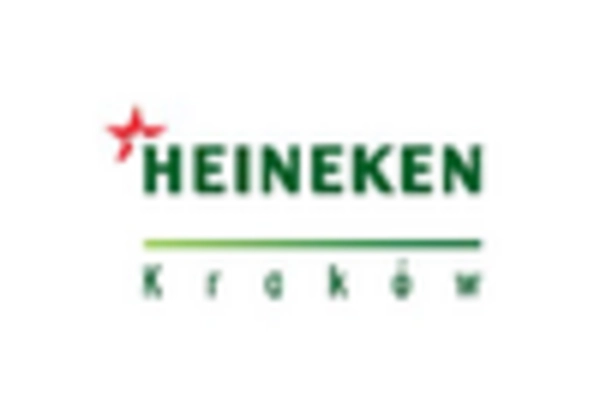









Leave a Comment